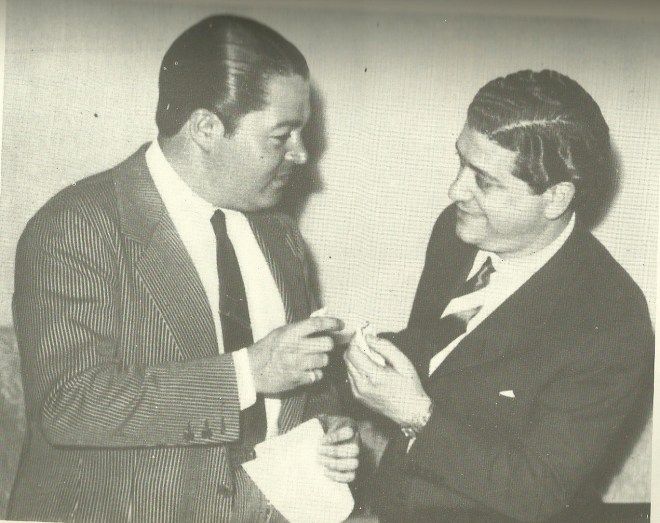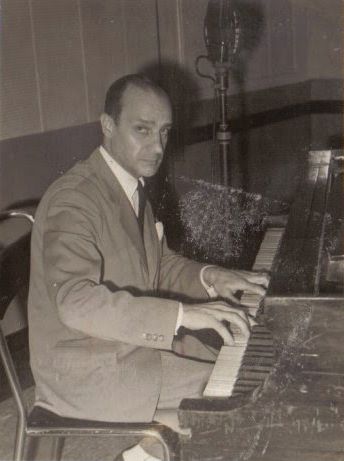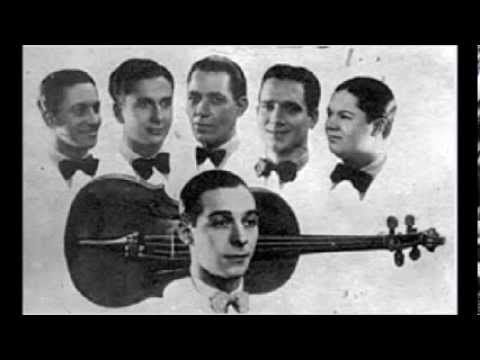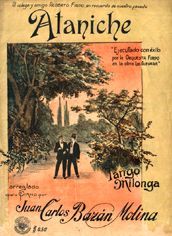Dancing with sticks
We need to educate ourselves with a set of good habits, which in turn will allow us to flow through the dance floor in a comfortable manner. The more of our classes you take, the sooner you will feel comfortable and incorporate what you are learning to be able to dance.
When making your decisions, please keep in mind that learning how to dance is comparable to learning how to live: how much of your life are you willing to give to the goal of living better?
I have seen Pocho Pizarro and others dancing with broomsticks, and hear from older milogueros that it was practiced by them to reaffirm what they learned at practicas.
I highly recommend leaders to train this skill.










